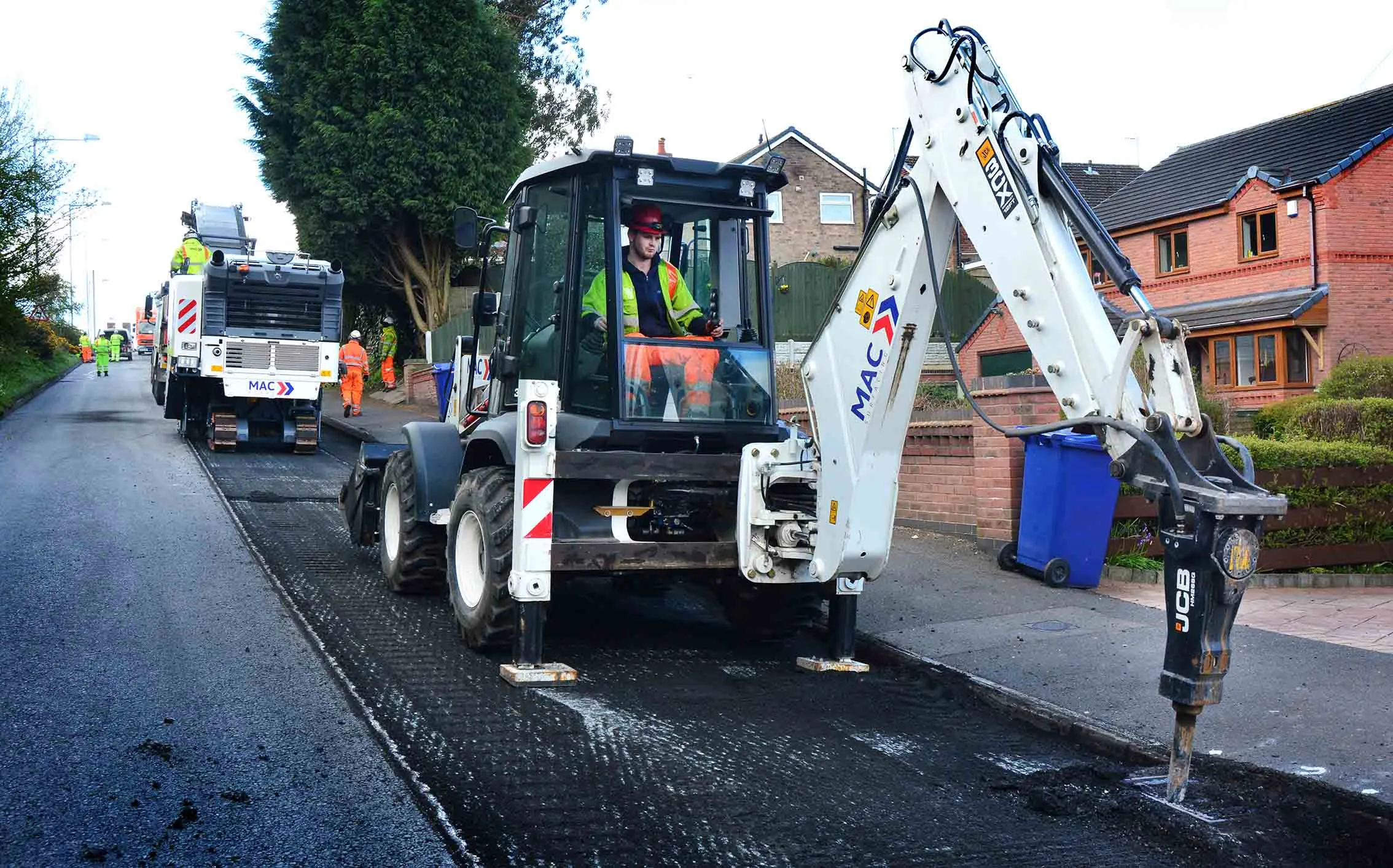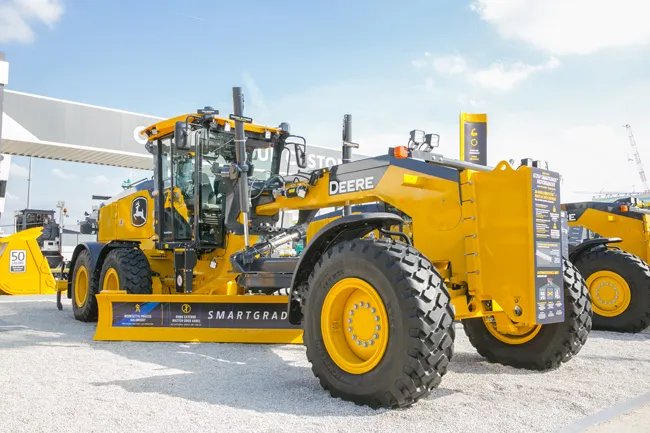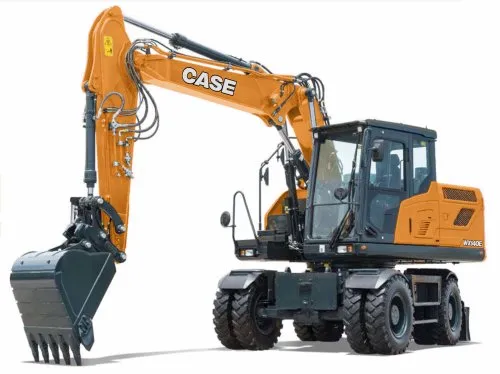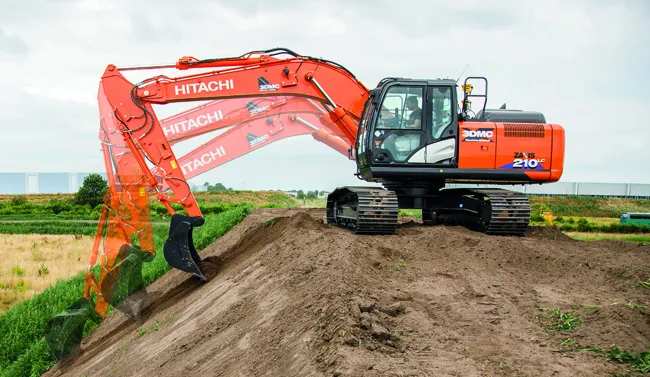
UK equipment hire specialist MAC Surfacing has taken delivery of two new
The JCB 3CX Compact is designed for road resurfacing and repair work where space is limited, especially on congested urban construction projects.
The drive to improve safety of workers and reduce the impact of hand arm vibration from handheld equipment is leading to huge demand in the road maintenance sector for a carrier machine which can power a breaker and move quickly between sites.
MAC surfacing director Marc Copson said the JCB 2CX Streetmaster models with a combination of shovel and breaker attachment have been designed with the operator in mind. “JCB is the natural choice for backhoe loaders. The JCB’s LiveLink system is also far more user friendly than other manufacturers’ telematics systems – making fleet monitoring, servicing and reporting really easy.”
The JCB 3CX Compact is powered by a low emission Tier 4 Final/Stage IIIB JCB diesel by Kohler engine, delivering 55kW of power. This highly efficient engine meets both US and European emissions standards without the need for a costly diesel particulate filter – DPF - or any exhaust aftertreatment or exhaust fluid.
The engine drives through a three-speed hydrostatic transmission to all four wheels, for maximum traction in difficult site conditions. The hydrostatic transmission offers a 40kph top speed for travel between sites, 17% higher than the popular 2CX. The transmission also features a creep mode, allowing the operator to run at high engine rpm to power high-flow attachments such as road planers, with maximum travel speeds of just 3.5kph.
A turning circle of 5.8m braked to the outside of the wheels - 6.7m unbraked - makes the machine highly manoeuvrable in tight urban conditions and capable of turning within a single carriageway.









